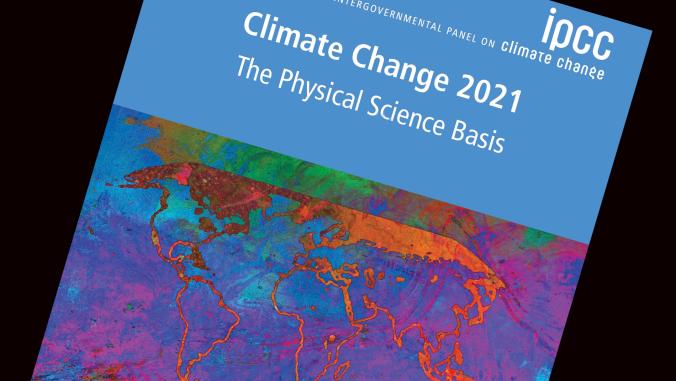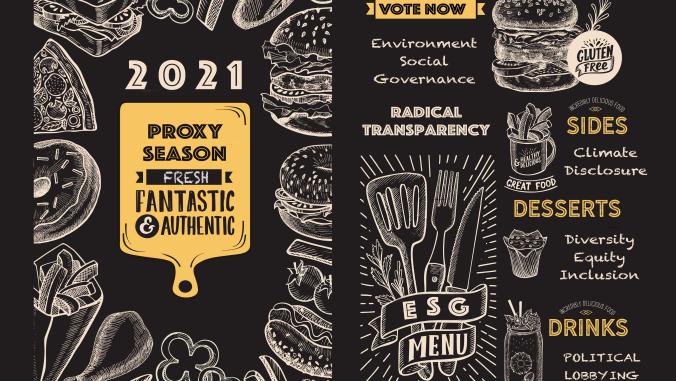Championing diversity and inclusion requires courage, provocation, smart goals
"It all begins with dialogue."

From left: Beric Alleyne, director for diversity and inclusion at eBay; Jyoti Chopra, chief diversity and sustainability officer at MGM Resorts International; and Kamillah Knight, diversity and inclusion lead at Unilever, in conversation with GreenBiz Group Managing Editor Heather Clancy during the GreenBiz20 conference Feb. 4 in Scottsdale, Arizona.
Cultivating a culture of inclusion is easier said than done even in organizations with mature programs. And with the workforce shifting dramatically in recent years given the rise in technology and four generations learning to work together, the task remains for most diversity and inclusion leaders, quite monumental.
On the first day of GreenBiz 20, Editorial Director Heather Clancy took the stage to ask some fundamental questions of two senior leaders and a rising star: Jyoti Chopra, chief diversity and sustainability officer at MGM Resorts International; Beric Alleyne, director for diversity and inclusion at eBay; and Kamillah Knight, Unilever’s diversity and inclusion lead.
Representing three dramatically different organizations — and generations — the panel aligned on five pieces of advice that have helped them set the right tone on inclusion and engaging employees to talk, act and behave inclusively.
We just wanted to create a space where people could fundamentally understand how we see each other and how differences can be good.
Metrics set the tone
Recognizing the need for better metrics, MGM International set two new goals for inclusion in 2019, under the leadership of Chopra: ensure every employee has equal access to apply for leadership positions by 2025 and train 100 percent of management employees on corporate social responsibility policies and goals. "Inclusion is one of our four corporate values and one of the three pillars of our social impact strategy. Setting SMART (specific, measurable, attainable, relevant and timebound) goals bolsters our commitment and shows our teams that we are committed to inclusion," Chopra said.
Immersive experiences drive deeper engagement
At eBay, then-CEO Devin Wenig felt that the polarization of opinions and identities around the world was creating an ecosystem of fear within eBay — and breeding a culture where people were hesitating to engage. "We launched Courageous Conversations in 2018 as a way to create a space for people to engage in dialogues on differences in experiences, skill sets, socioeconomic backgrounds and so on. We didn’t come at this from the angle of educating people. We just wanted to create a space where people could fundamentally understand how we see each other — and how differences can be good," Alleyne said.
In partnership with international nonprofit The Human Library Organization, eBay began hosting forums where employees were able to meet people from different walks of lives and ask them about things they’ve always wanted to learn more about but hesitated to ask. The response from employees was unequivocally positive with many expressing feelings of empathy after the conversation. "Most importantly, senior leaders heard about it and started asking us [the diversity and inclusion team] what they can do every day to change the conversations among their teams and encourage deeper engagement," Alleyne added.
According to Chopra, the continued blurring of lines between work and life has added pressure on executives to be more thoughtful, responsive, sensitive, aware and connected to their people. And that requires a whole new approach. In her former role as global head of diversity and inclusion at BNY Mellon, her team partnered with New York University’s Center for Diversity, Inclusion, and Belonging to use the power of interactive theater to show executives how biases can suppress inclusion and diversity in the workplace.
"For example, one case study we enacted included a bunch of employees having a meeting. A young, junior employee offers an idea that is met with silence. A while later, a senior vice president offers the same idea and is instantly met with enthusiastic appreciation and lots of agreement. This is a pretty common challenge young employees report facing. And showing it in this immersive way led to some real aha moments for executives," Chopra added. The program was so well received and successful at BNY Mellon that it was also rolled out in India and Japan, tailored to represent locally appropriate issues.
We have to give people space and then help them connect the impact of their disengagement back to the business…
The motivating power of sorry
For Knight, a GreenBiz 30 under 30 and a rising star at Unilever, building inclusion requires integrating it across every business function. And setting the stage for allowing people to be comfortable asking tough questions as well as being able to answer them. For example, at Unilever, Knight and her team are establishing things such as cultural immersions in different perspectives — LatinX, Muslim, LGTBQ, etc. — to offer employees a forum to better understand different perspectives. "We found that by going through these immersions, managers were much more likely to go back and say they didn’t know this was happening, etc.," she said. Now Unilever is taking the immersions one step forward by evolving the feedback from those to create trainings for managers on how to manage people different from them.
"We have to give people space and then help them connect the impact of their disengagement back to the business…its really powerful to be able to say ‘No, I don’t know this’ or ‘Sorry, I truly want to know more.’" she said. To which Alleyne agreeing, added, "It all begins with dialogue. You have to be courageous and you have to start from a place of respect."
Change happens over time, not overnight
Human nature is malleable. But biases built into our psychologies sometimes can be harder to shift, making inclusive behavior a worthy pursuit but a slow journey. Alleyne’s advice: "You cannot take stuff personally. If someone you are trying to engage doesn’t want to, find other allies. Find partners…because intent is tough to build a science around: You can feel when its pure and when it’s not."
Knight added, "You also need to ask why people are not engaging. Is it about the impact it could have on themselves? Or someone else? We have to do what it takes to create the synergy for people to talk — and sometimes it takes nontraditional questions to get to that."
Better connecting the dots between diversity and inclusion and sustainability
Finally, there was overall agreement that we all need to do a better job of connecting the dots between the work we do across the environment, community and diversity and inclusion functions. For Chopra, her dual title helps make MGM’s commitment to inclusion and sustainability clear for everyone. "It’s not either or. It’s two pieces of the same conversation and less siloes are helpful in driving an integrated message," she said.
Alleyne, who had not heard about the GreenBiz conference before speaking here, admitted that the two practices had so much to learn from each other and grow better together. "Sure, sustainability and inclusion are different functions, but we have seen that every time we work together, the results are so much better and richer," he said.
As for Knight, who’s worked her way from supply chain to sales to diversity and inclusion, connecting the dots is a nonnegotiable. "My purpose in life is to be a change advocate. I want to change how people interact with their environments, both physical and face to face. And that means better connecting the sustainability and human stories for everyone so that the impact we have is truly inclusive: inclusive of perspective, society and our environment."





